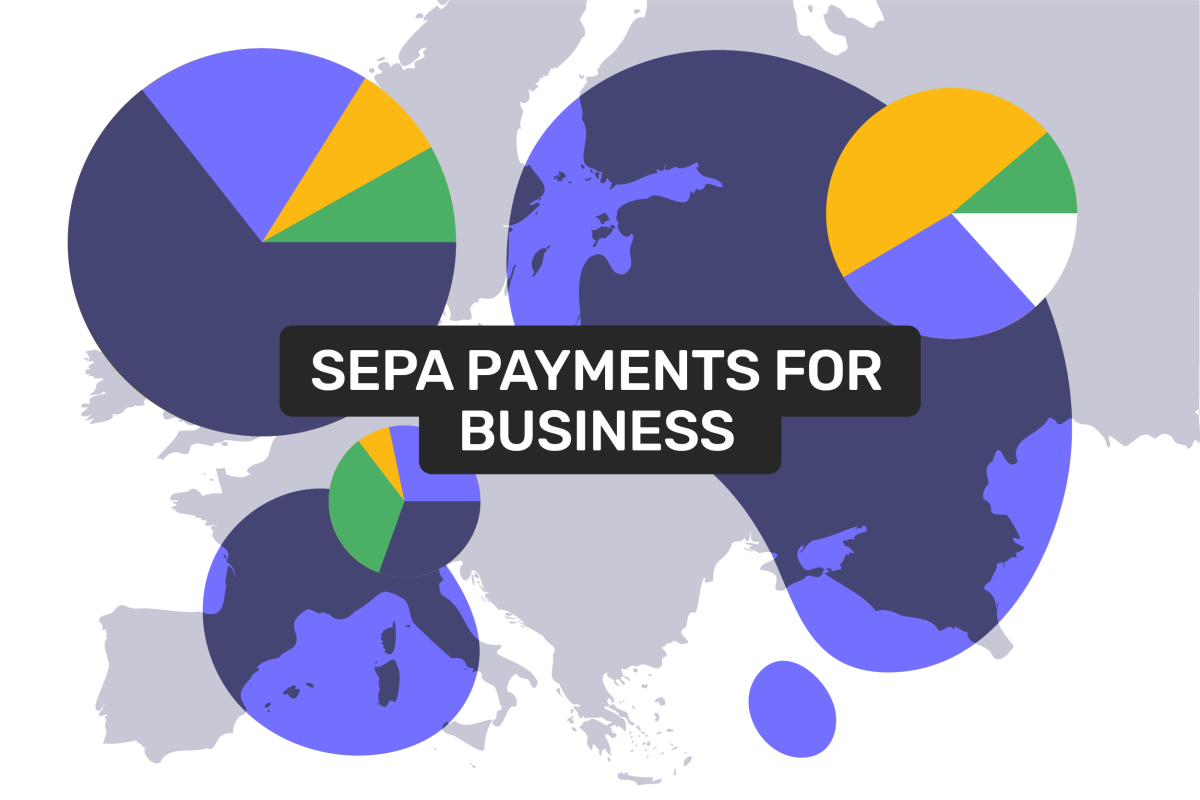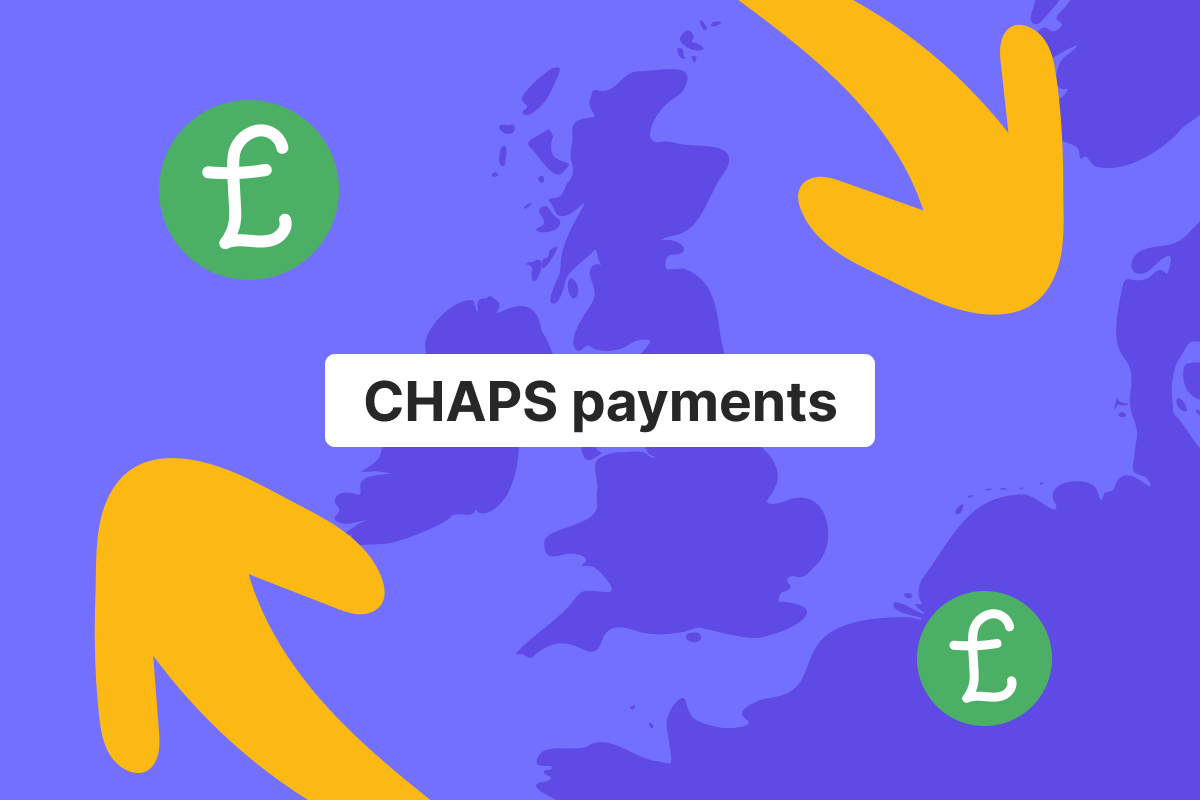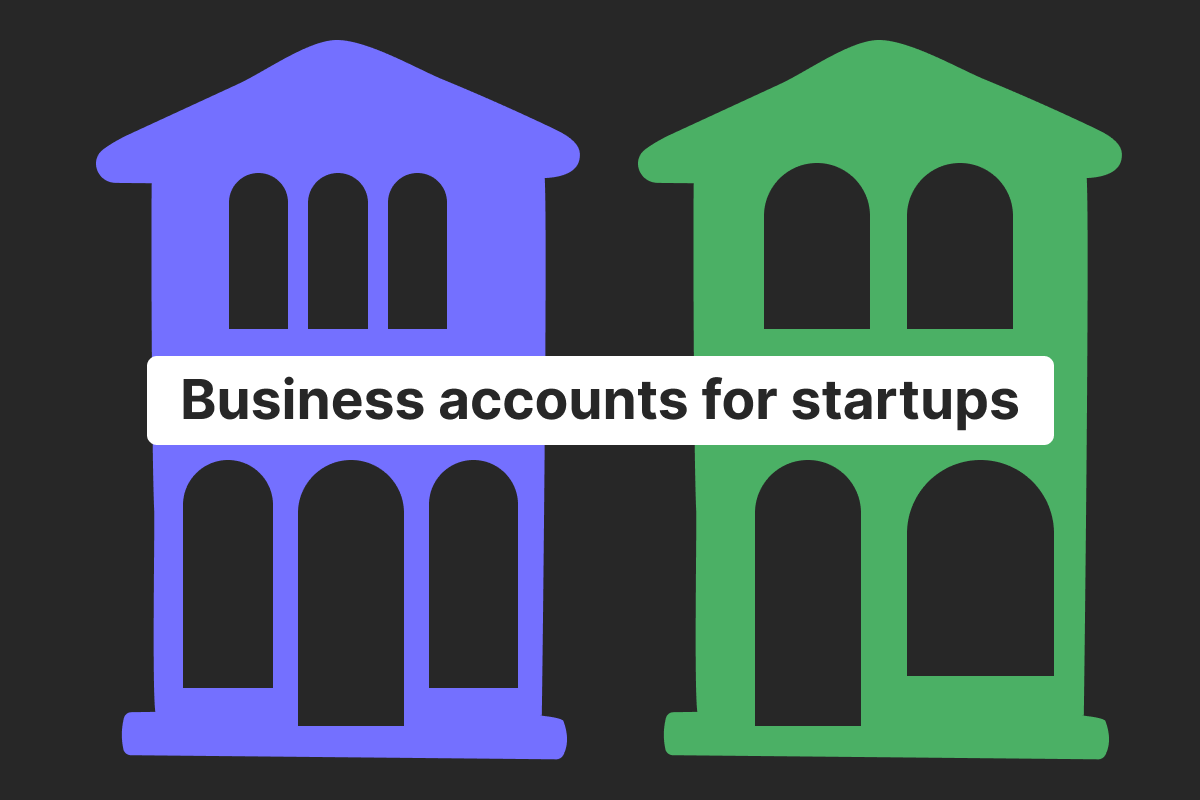Genome Blog / articles / SEPA payments for businesses: what to know
Dec. 24, 2021
SEPA transfers are a fast way of sending funds in euros within the Eurozone. The mechanism for both personal and SEPA payments for business is the same, as well as timeframes and even fees.
In Genome, we know all about SEPA payments for business and support them for our personal and business eWallets. Let’s have a closer look at SEPA transfers and their peculiarities to find out what’s needed to receive money via the network.
What is SEPA
It’s a scheme adopted in 2008 for quick and simple transfers. These are available in the SEPA area that includes 36 countries. These are the 27 EU countries as well as:
- Liechtenstein,
- San Marino,
- Monaco,
- Norway,
- Switzerland,
- Andorra,
- Iceland,
- Vatican City State,
- the UK.
SEPA transfer schemes
3 schemes were developed to satisfy the different demands of individuals and companies.
- SCT – SEPA Credit Transfer
The scheme appeared in 2008. People living in Europe can make faster cross-border euro payments between numerous countries.
- SCT Inst – SEPA Instant Credit Transfer
This one was launched 4 years ago and allows almost immediate processing of SEPA transfers. Moreover, it’s not affected by holidays and weekends – you can order such transfers any day and any time.
These have been available since 2009 and you can find out more about how they work in the blog.
The good news is that all these schemes work for both personal and business accounts. With Genome, for instance, you can order SEPA just in a few clicks from the mobile application in your personal or business eWallet.
What advantages do SEPA transfers offer businesses?
If you’re still wondering why SEPA payments for business are handy, we’ve got you covered! Let’s imagine that you have a company operating or delivering goods/services in a few European states. You need to make various transactions, accept payments from clients daily. The SEPA system simplifies and speeds up all these processes.
All SEPA transfers are processed like local ones. Consequently, the fees and timeframes are much smaller. The money flow between happens much faster at much lower prices. A SEPA network does not only save funds and time for business owners but allows them to enter new markets and sell to broader target audiences all over Europe.
FAQ:
What is SEPA in business?
SEPA payments for businesses are euro transactions from business accounts. SEPA payments for businesses can be salary payments to the employees or office rent payments, etc. The crucial factor here is that one sends money or receives money from or to a business account.
What are SEPA details?
To issue a SEPA transfer, an IBAN and sometimes a BIC are required. You can find these inside your banking app, or ask the account manager. If you’re sending funds to somebody using SEPA, it’s best to ask them for the account confirmation document with their full account details.
How do I create a SEPA transaction?
This can be easily done from mobile or online banking applications and even with the help of eWallet services that allow such payments. Log into your banking app, find the “transfers” tab. Choose the type of transaction you want to make (SEPA, SWIFT, etc.). Fill in the necessary details and the payment amount. After all these steps, you can hit the button Send and wait for your SEPA to be processed.
How are SEPA payments processed?
The transfers cover most of Europe. SEPA payments for businesses, just like personal ones, are cross-border transactions or internal ones. Thanks to the established banking network in the Eurozone, these euro transfers are speedy and easy to make.
SCTs are processed within 1 business day, SCT Inst – within seconds. Finally, you will need 2-3 days for an SDD transfer to reach the receiver.





